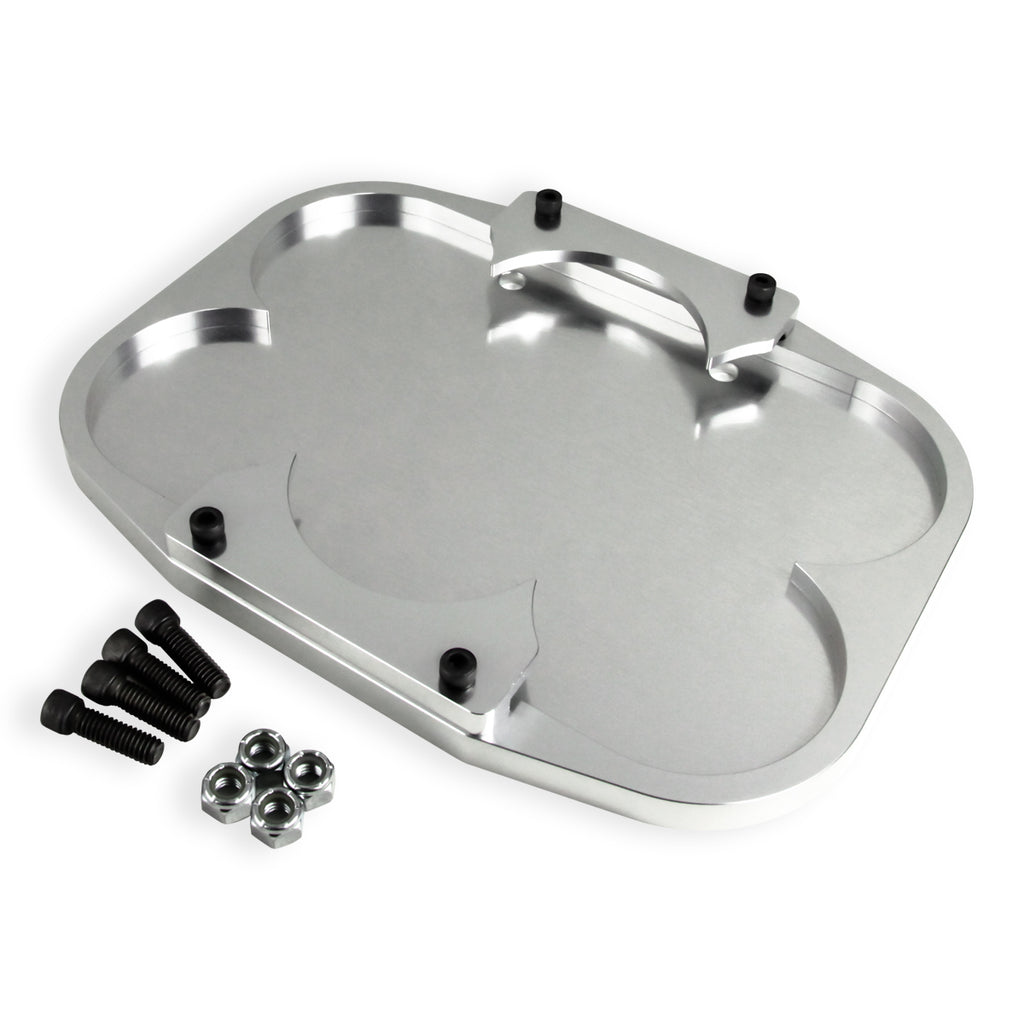
Put the red probe on the positive Optima terminal and the black probe on the negative Optima terminal. To begin, switch your multimeter to 20VDC or whatever will get your multimeter reading somewhere in the range of 12 volts DC. (The point here is that you didn't just pull the Optima out of your shed where it's been sitting for the last 6 months, or that you're not testing it after using it to power the disco ball at your neighbor's midnight rave party. What we mean by this is that it should be in whatever state you think is charged, whether that means that it's been on a charger for a bit or that you just drove around for a while.

Use a wrench to make clamps and other connections reasonably tight (but not so tight that you damage a battery post!).īad connections and particularly bad grounds are one of the easiest problems to fix but often one of the last things that we check! Always check your connections first! Test the Voltage Firstīefore you start, make sure your Optima is "charged". Sometimes they are bare wire.Ĭlean corrosion with sandpaper so that you connect to clean, bare metal. Checking any grounding straps - these will often go from the engine block to the body and/or from the engine block to the frame.Checking your negative battery cable for tightness and corrosion.Checking your starter and main power feeds for tightness.Jiggling your negative battery clamp (lightly!) and looking for white powder.Jiggling your positive battery clamp (lightly!) and looking for white powder.

This is probably one of the most common problem people have with batteries, but it's often not checked. For some reason, many of us overcomplicate our solutions and diagnosis of problems (We do it here at Roundforge too!).īefore assuming your Optima has gone bad, check your battery connections for corrosion and tightness.


 0 kommentar(er)
0 kommentar(er)
